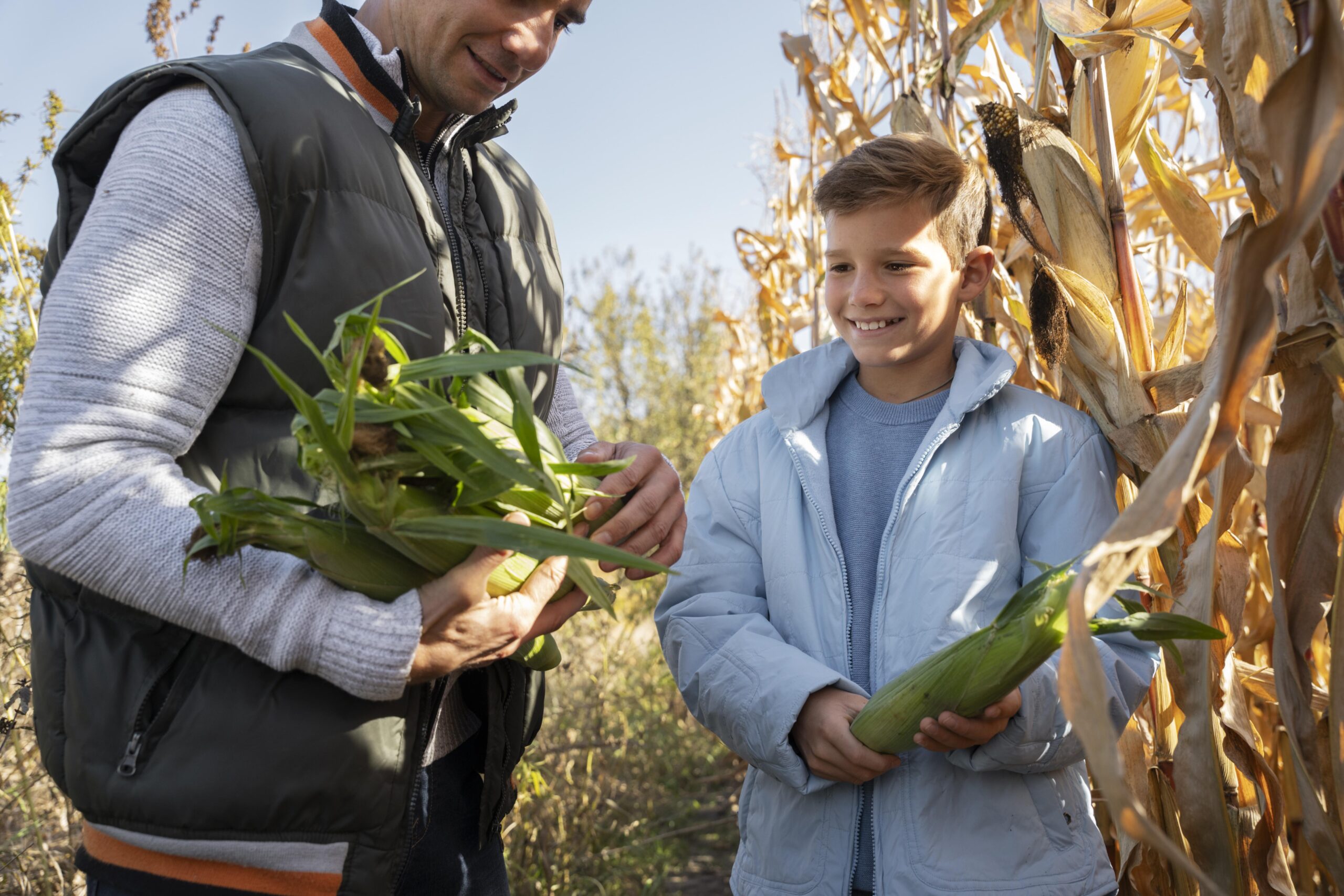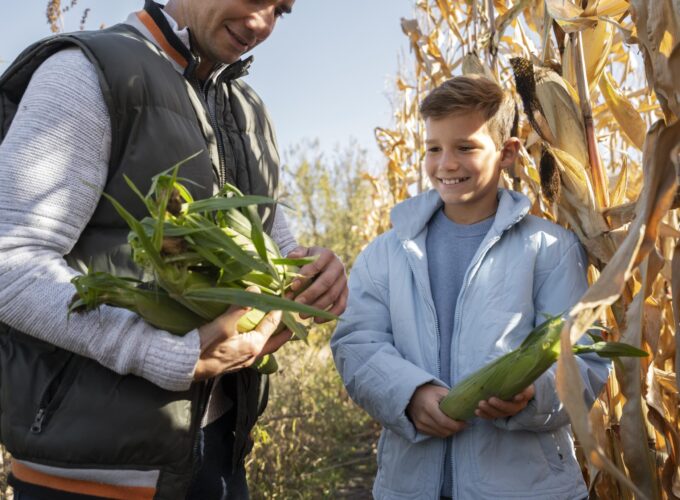Navigating international taste profiles involves understanding that flavors are shaped by a complex interplay of culture, geography, ingredients, and techniques, leading to distinct profiles such as the sweet, sour, salty, and spicy balance in Thai cuisine or the diverse spices in Indian dishes. Key aspects include recognizing regional variations within a single country, the impact of aromatics and herbs, and desired texture/mouthfeel. To successfully engage with this diversity, brands can offer a spectrum of flavors, use storytelling on social media to educate consumers, partner with influencers, and focus on sustainable practices to foster trust and connection.
Key Factors Shaping Flavor Profiles
-
Culture and Tradition:Gastronomic habits are deeply rooted in cultural, social, historical, and political contexts.
-
Geography and Climate:Regional variations, like those between Northern and Southern Italian cuisine, stem from differences in local climate and agricultural availability.
-
Ingredients and Aromatics:The specific herbs, spices, and other raw ingredients used are fundamental to defining a cuisine’s unique flavor signature.
-
Cooking Techniques:Methods such as grilling, slow-cooking, or frying impart distinct tastes, textures, and overall sensory experiences to dishes.
-
Texture and Mouthfeel:The desired consistency and physical feel of food, from tender meats to creamy sauces, are integral to the overall flavor profile.
Examples of International Flavor Profiles
-
Thai Cuisine:Known for its balanced combination of sweet, sour, salty, and spicy flavors, as seen in Tom Yum soup.
-
Indian Cuisine:Characterized by warm blends of various spices, with rich curries and breads often featuring in Northern Indian cuisine, and coconut-infused rice-based dishes in the South.
-
Mexican Cuisine:Shows significant regional differences, with hearty meat dishes prevalent in the North and seafood-focused recipes common along the coasts.
Strategies for Navigating International Flavors
-
Spectrum of Flavors:Offerings should range from subtle to bold to cater to diverse consumer tastes and comfort levels.
-
Education and Storytelling:Utilize platforms like social media to share recipes, cooking techniques, and cultural insights to build trust and deepen engagement.
-
Authentic Influencer Partnerships:Collaborate with influencers who genuinely represent diverse communities to amplify reach and build relevance.
-
Sustainable Practices:Embrace and communicate sustainable sourcing and production to appeal to eco-conscious consumers and build trust.








